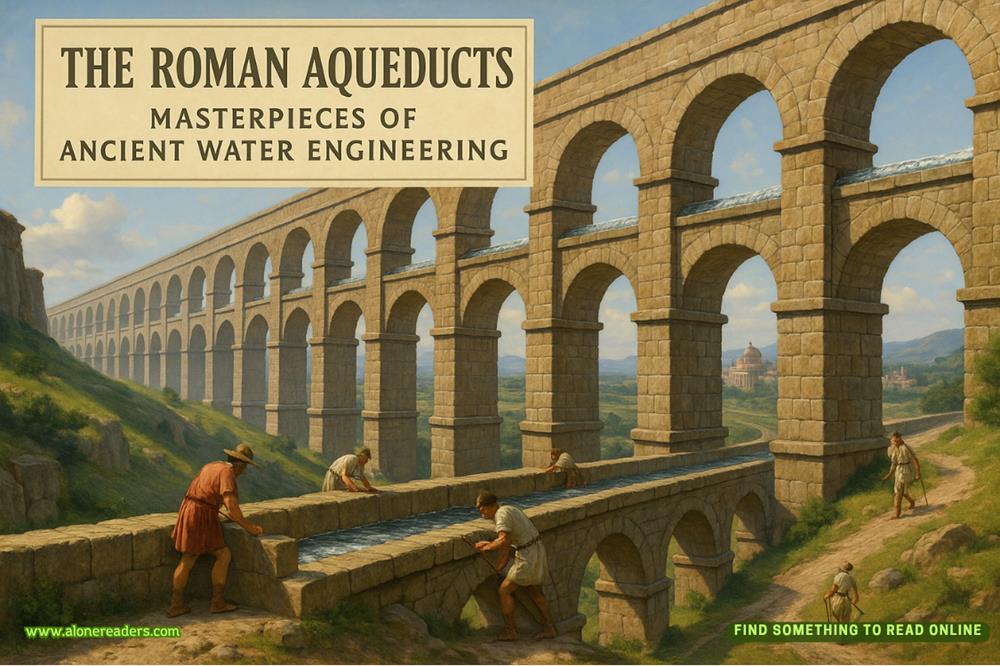Page 104 of South of Nowhere
They gazed around. “Odd, the place looks funny with nobody around, no trucks, no sounds of machinery.”
“Like we had a snow day.”
“What’s that?”
“You don’t know?”
The manager shook his head.
Redding explained about schools up north closing because therewas too much snow on the roads. He’d lived in Rochester getting his master’s in engineering at RIT, and the woman he lived with, briefly, had children.
Davies said, “Hm. Think it would teach the kids to toughen up.”
“Might get hurt. Parents would sue.”
Every person involved in mining was aware of one thing above all else: liability. It was far too easy to be hurt or killed in the profession.
Davies nodded. “Learn something new every day.” He walked off toward the office on the north side of the mythical dog’s body.
Redding glanced at Annie Coyne’s farm once more, then continued on to the workshop. He unlocked the door with a keypad and stepped inside. The place had no windows, of course. The building was visible from the highway and he knew competitors in the copper-mining world would love to cruise by and take a dozen digital high-definition pictures of what Redding was up to, from the research and development perspective.
Paranoid?
Maybe a little.
But he had many reasons to be cautious.
He now looked at one in particular.
It was a device he himself had invented and was as yet unpatented, resembling a moon lander—four legs under a gray metal box. Its height was about three feet, its width two.
On the right side was the drill, which would dig a hole in the earth beneath it, where a blank rifle bullet would be placed. On the other side was an armature that ended in a round metal plate resting on the ground.
The robot would then fire the bullet and the shock waves would drive down into the earth and then return to the sensor. This was typical of many devices in the industry, but what was revolutionary about his was that the software could differentiate between the types of ores the shock waves discovered and the quality of the vein.
He’d recently tried it and had spectacular results.
Redding wanted to make sure the device was safe from floodwater, on the off chance the sandbagging didn’t work. The machine was too heavy to lift. He would dismantle it into the component parts and store them high on the metal shelves in the back of the workshop.
First, the brain.
Using a tiny Phillips-head screwdriver, he removed the plate on the top of the robot. He set this and the four screws on a plastic examination tray a few feet away. He played a flashlight inside, nodding to himself with approval at the cleanliness of the design. And then he unplugged the green motherboard that measured three inches by six. This went into a Ziplock bag.
For the rest of the machine—motors and gears mostly—he didn’t need to be so delicate and so he would use a large cordless drill fitted with a screwdriver head. He opened the desk draw where he kept the Black & Decker.
He calculated that—
The fiery ball, which Gerard Redding never saw, of course, was about ten feet in diameter. The explosion turned every glass beaker, pipette, jar and dish nearby into glass dust. It converted any object made of thin metal, like wastebaskets and rulers, into bits of shrapnel. It removed the acoustical tiles from the ceiling and pushed the sheet metal walls outward a good twelve inches, ripping the door off the hinges and sending it frisbeeing into the chain-link fence fifty feet away.
It also removed Redding’s head and detached his arms and shoulders from the rest of his torso, which was flung into the front wall.
Curiously despite the flame, the fire detectors overhead didn’t function; they had been rendered useless by the force of the blast. So instead of the room filling with the gentle fire-extinguishing rain from the ceiling pipes, what appeared instantly was a thick haze.
Which was notable in that while the fumes from plastic explosives are generally gray-white, this particular mist was red, a hue that matched the shade of still-damp human blood perfectly.
45.
Time Elapsed from Initial Collapse: 15 Hours















